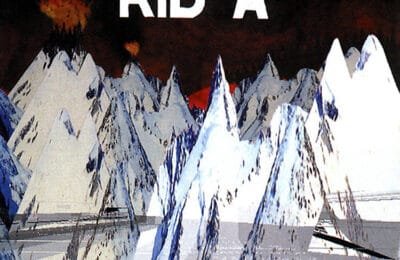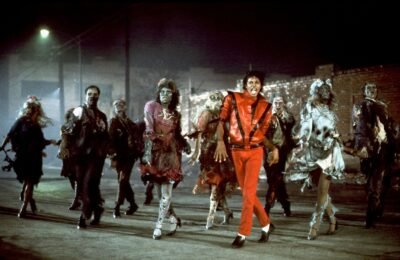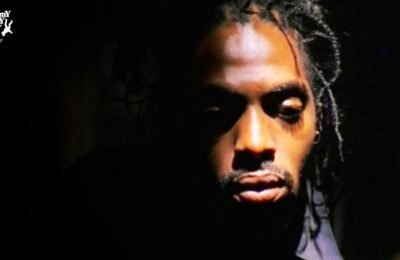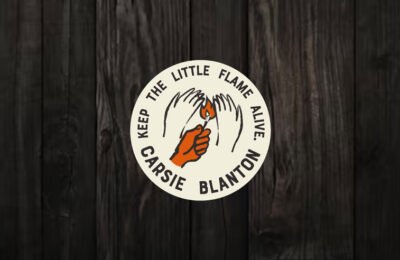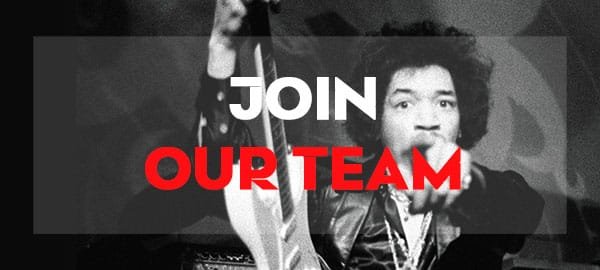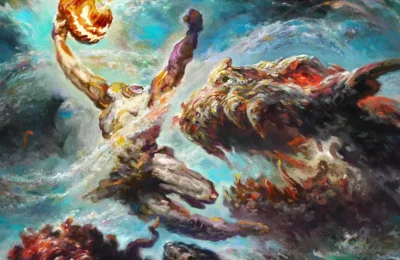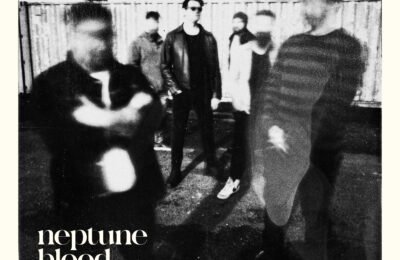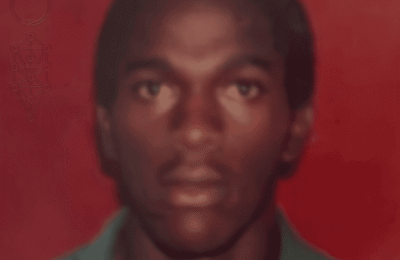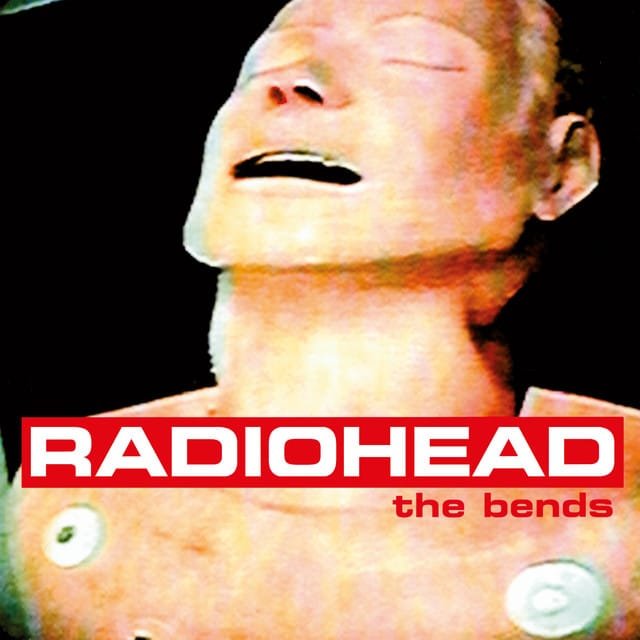
Thirty years ago, Radiohead released their second album, The Bends. Two years earlier, they had put out a single that gained significant traction in Israel and quickly snowballed from there. Soon enough, the band was being invited everywhere to play the same song over and over—until they got sick of it. They were expected to go down in history as that band who played Creep. Nothing more, really…
But The Bends took everyone by surprise. Radiohead shed their one-hit-wonder chrysalis to become one of the most prolific bands in music history. The album peaked at No. 6 on the UK charts. And while it is considered one of the best albums of the ‘90s, it remains the lowest-ranked in Radiohead’s discography—an impressive statement in itself.
Today, Radiohead is known for their experimental nature and ability to constantly reinvent themselves. Their album artwork is just as integral to their identity as their music, all of which stems from a long-running collaboration between Thom Yorke and Stanley Donwood—starting with The Bends artwork cover.
Who is Stanley Donwood ?
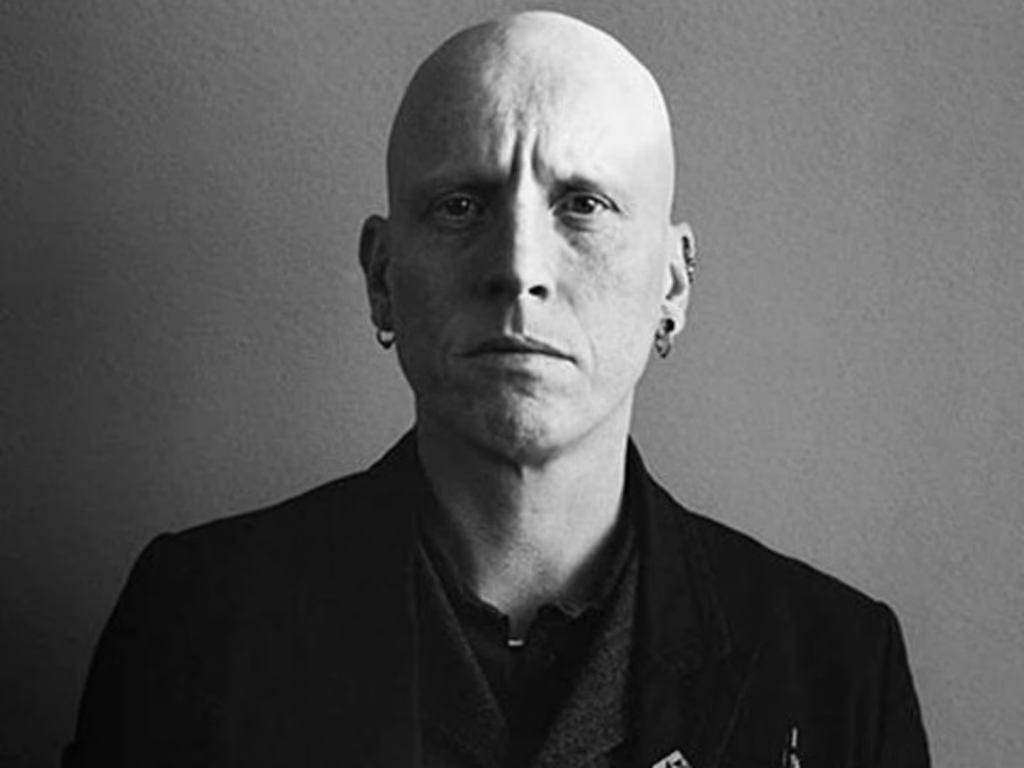
Thom Yorke and Dan Rickwood—Stanley Donwood’s real name—both studied Fine Art and English Literature at Exeter University. “When I met him on the first day,” Yorke recalled, “he sat there with a book and was completely aloof. I thought, I’m either going to really hate this bloke, or end up working with him for the rest of my life.” Rickwood’s first impression of Yorke? “Mouthy. Pissed off. Someone I could work with.”
The two became fast friends, united by a fascination with digital art. Donwood recalls how they would sneak into the Graphic Design department of the “shitty Fine Art building.” The place was all modern and fancy, equipped with brand-new “chirpy-looking” Mac LC computers. “We’d both fucked around on computers a bit and taught ourselves Photoshop—really badly.”1
Fast forward a few years, and Radiohead was preparing to release The Bends. After a long and grueling year of recording, touring, and dealing with pressure from their label, there was one major task left: the album artwork. Overwhelmed at the idea of designing it himself, Yorke admitted, “I can’t. It’s like a manufacturing business!” Then, he had an idea—he called up his old friend.
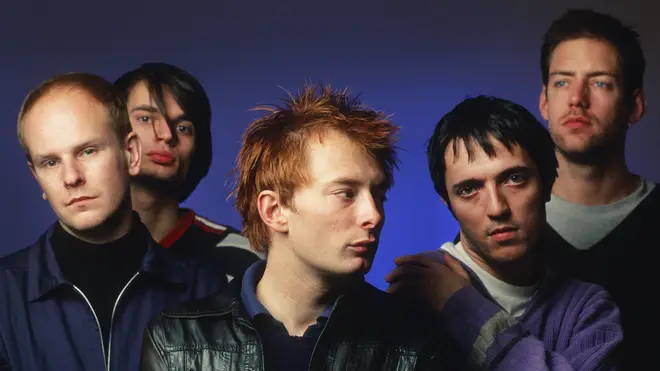
The phone call that changed everything
At the time, Donwood was living in a shared house in Plymouth, trying to get by from one gig to the next. One day, the phone rang. “Do you want to have a go at doing the record sleeve?” asked Thom.
Donwood had known Radiohead since their On a Friday days and had followed their rise with Pablo Honey—an album he admittedly didn’t care for. He was into Dance music, or anything related, while Radiohead was using guitars. “Guitars? Who uses guitars?” But when he listened to The Bends, he was hooked—especially by Just. He accepted his old friend’s offer.
Hunting for the right image
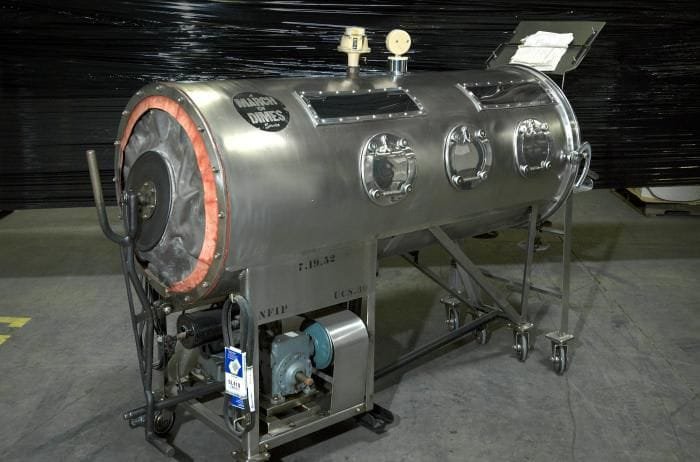
The duo acquired a new computer and a video camera—one of those bulky VHS models you had to carry on your shoulder. They wandered around, filming whatever caught their eye: cars, road signs, people. At one point, Donwood suggested going to a hospital to find an iron lung, inspired by the song My Iron Lung. They found one—but quickly realized an iron lung is, at the end of the day, just a metal box. Not exactly compelling imagery.
On their way out, they stumbled into a room where hospital staff were practicing CPR on mannequins. Donwood was struck by one in particular. “It had a facial expression like that of an android discovering, for the first time, the sensations of ecstasy and agony—simultaneously.” Inspiration struck. They started filming immediately and rushed home.

The creative process
Hooking the camera up to a TV screen, they took photographs of the moving images.Later on, they scanned the developed photos and that was it. The cover for The Bends was strange looking dummy with oddly position metallic nipples made to hook a defibrillator.
The last step was adding the album title and band name. Donwood remembered having a small argument with Yorke about how big the name of the band should be. “I was like, ‘Fucking massive mate.’ And I wanted ‘The Bends’ to be central. And he was like, ‘I want it over there,’ so I conceded and he won. We have many arguments, but they’re very genteel arguments about fonts and composition, we don’t fight, fight.”
Though he is rarely credited directly in the liner notes, Thom Yorke is always deeply involved in Radiohead’s artwork. For The Bends artwork cover, he worked under the pseudonym White Chocolate Farm. Later, he would be credited as Tchocky or Dr. Tchock. His partnership with Stanley Donwood was just beginning. Together, they would go on to design every album cover for Radiohead, as well as Yorke’s side projects—including The Smile, Atoms for Peace, and his solo work.
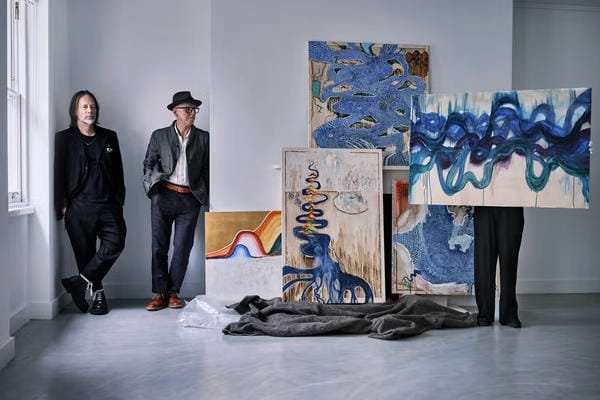
A Legacy in Art and Sound
Looking back, The Bends wasn’t just a turning point for Radiohead musically—it was the beginning of an enduring artistic partnership. The eerie, distorted mannequin face became an iconic visual.
From that moment on, Stanley Donwood and Thom Yorke’s creative bond became inseparable from Radiohead’s identity. Each subsequent album brought new experiments in sound and design, evolving alongside the band’s music. What started as a simple phone call from an old friend led to some of the most striking and influential album artwork of the modern era.
Three decades later, The Bends remains a defining moment in alternative rock—both for its sound and for the haunting image that still stares back at us, frozen somewhere between ecstasy and agony.
- source: Radiohead: The Album Covers ↩︎

